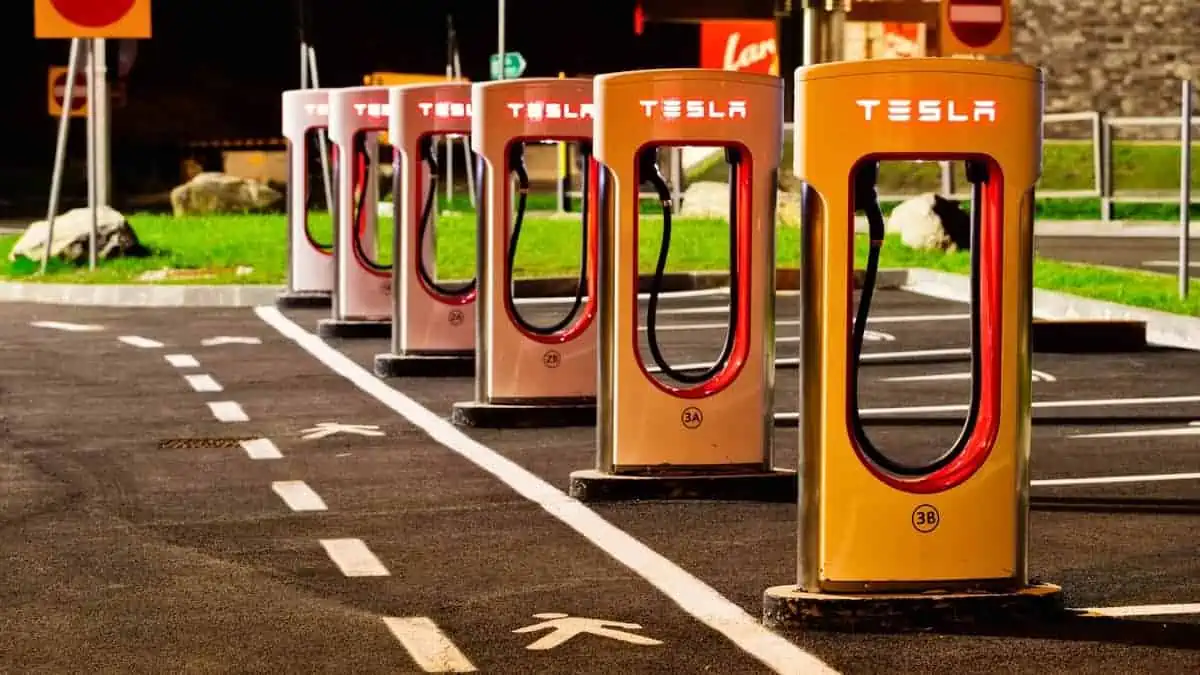The following are the top 20 challenges in installing electric vehicle charging infrastructure along with the potential ways to overcome them:
| No. | Challenge | Description | How to Overcome |
| 1 | High upfront costs | Setting up stations requires significant initial costs, hindering widespread deployment. | Public-private partnerships, government subsidies, grants, and tax incentives. |
| 2 | Grid capacity limitations | Existing grids might not handle widespread EV charging, leading to potential overloads | Smart grid modernization, energy storage integration, demand management strategies, and dynamic charging solutions. |
| 3 | Lack of standardization and interoperability | Incompatibility between different charging standards can create confusion and inconvenience for EV owners. | Stronger industry collaboration, development of universal charging standards (e.g., CCS), and clear labeling for compatibility. |
| 4 | Permitting and regulatory hurdles | Complex and lengthy processes can delay and discourage charging station installations. | Streamlined permitting processes, standardized regulations across jurisdictions, and clear guidelines for installation and operation. |
| 5 | Public awareness and education | Many people lack knowledge about EVs and charging, hindering adoption. | Targeted information campaigns, educational initiatives, and EV demonstration projects to address range anxiety and charging concerns. |
| 6 | Equity and access issues | Availability is often concentrated in urban areas, leaving rural and underserved communities behind. | Strategic station placement considering underserved communities, income-based affordability programs, and public-private partnerships to expand charging network reach. |
| 7 | Cyber security threats | Stations are vulnerable to hacking and data breaches, raising security concerns. | Robust cybersecurity protocols, secure communication networks, and regular software updates for charging stations. |
| 8 | Maintenance and repair challenges | Ensuring proper maintenance and timely repairs is crucial for functionality. | Standardized maintenance procedures, remote monitoring capabilities, and readily available spare parts and trained technicians. |
| 9 | Integration with renewable energy sources | Renewable energy microgrids with integrated charging stations, smart charging based on renewable energy availability, and promoting community solar projects. | |
| 10 | Land use and siting challenges | Finding suitable locations with minimal environmental and social impacts. | Multi-level parking structures with charging facilities, innovative charging solutions in existing infrastructure (e.g., lampposts), and collaboration with urban planners for designated charging zones. |
| 11 | Supply chain disruptions and material shortages | Diversifying manufacturing and sourcing, securing long-term partnerships with suppliers, and exploring alternative materials. | |
| 12 | Workforce training and development | Preparing technicians for installation, maintenance, and repair. | Upskilling existing workforce, developing targeted training programs for EV charging installation and maintenance, and attracting talent through competitive compensation and benefits. |
| 13 | Data privacy concerns | Protecting user data collected from charging stations. | Transparent data collection and usage policies, user consent mechanisms, and robust data security measures to build trust. |
| 14 | End-of-life management of batteries | Processes and practices involved in handling batteries once they reach the end of their usable life | Establishing recycling and reuse programs for EV batteries, research and development of sustainable battery disposal methods, and collaboration with battery manufacturers. |
| 15 | Vandalism and theft risks | Damage to charging equipment like screens, cables, connectors, or even the entire station. | Secure station design, surveillance systems, clear signage and lighting, and collaboration with law enforcement agencies. |
| 16 | Environmental impact of construction and operation | The production, installation, and operation of charging stations can have environmental consequences. | Sustainable construction practices, renewable energy integration, responsible waste management, and minimizing noise and visual pollution. |
| 17 | Lack of charging options for long-distance travel | Drivers fear running out of power before reaching a charging station. | High-powered charging corridors along major highways, investment in fast charging infrastructure at rest stops and truck stops, and exploring alternatives like battery swapping stations. |
| 18 | Integration with public transportation systems | Finding suitable locations for charging stations near bus stops, train stations, and other transit hubs, considering space availability and accessibility. | Co-located charging stations at transit hubs, park-and-ride facilities with charging options, and promoting seamless multimodal transportation networks. |
| 19 | Data sharing and interoperability between charging networks | Each charging network might use its own communication protocols and data formats, | Open data platforms, common protocols for data exchange, and industry-wide collaboration to ensure seamless user experience across different networks. |
| 20 | Sustainability of the business model | Creating a sustainable funding model for ongoing maintenance, upgrades, and expansion of charging infrastructure. | Dynamic pricing models based on electricity costs and demand, innovative financing mechanisms, and exploring public-private partnerships for long-term financial sustainability. |






